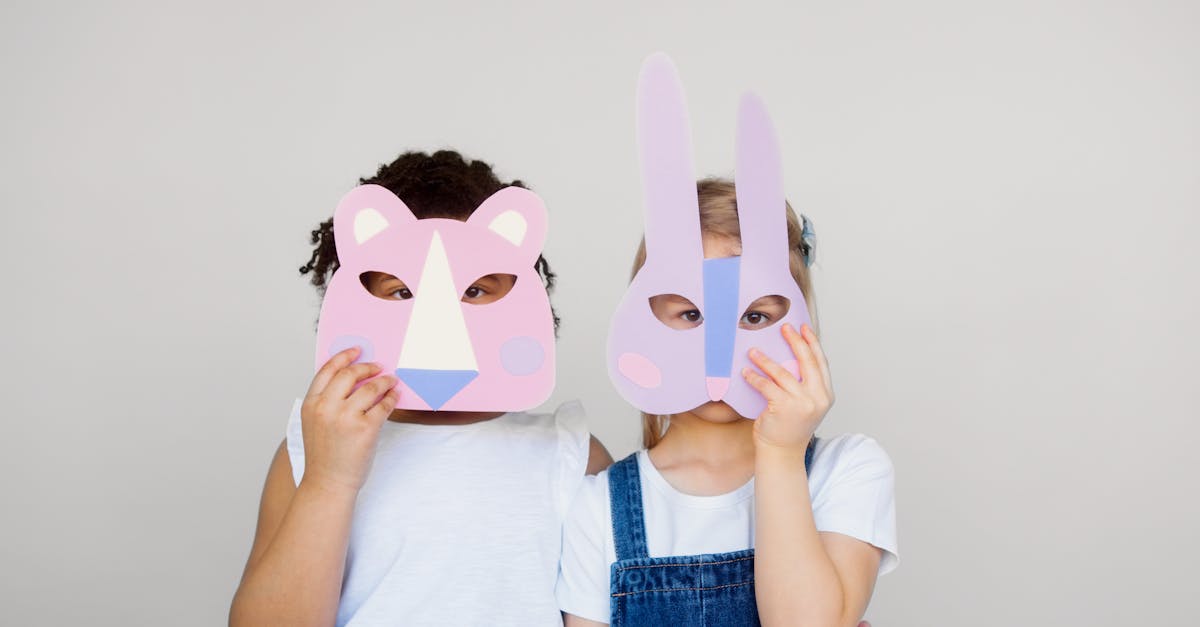Understanding Sensory Learning
Sensory learning involves engaging multiple senses during the learning process. Kids absorb information better when activities stimulate their sight, sound, touch, and even smell or taste. Incorporating a mix of stimuli can help improve focus and retention. With the rise of technology, chatbots like ChatGPT can offer unique ways to support sensory learning. But how exactly do they fit in? Let’s dive into some practical examples.

How Chatbots Can Engage Multiple Senses
Chatbots can engage children by providing:
- Instant responses
- Interactive stories
- Fun quizzes
ChatGPT, for instance, can:
- Create vivid mental images through descriptive language, helping kids visualize scenarios.
- Read aloud, making it easier for auditory learners to understand concepts.
By offering a variety of interactive experiences, chatbots can stimulate multiple senses, making learning more dynamic.
Real-Life Applications for Chatbots in Learning
Imagine your child asking ChatGPT to explain a science concept. Beyond just text, ChatGPT can incorporate audio clips, suggest relevant videos, or even guide them through hands-on activities. It’s like having a versatile tutor at their fingertips. This multi-sensory approach isn’t just engaging but also ensures that different learning styles are catered to, fostering a richer educational experience.

Utilizing chatbots in education can revolutionize the way students learn by providing personalized and interactive learning experiences tailored to individual needs.
Emotional Challenges and How to Address Them
While chatbots are great, they come with emotional challenges. Kids might feel frustrated if responses don’t match their expectations or if the technology seems impersonal. It’s essential to guide them gently and assure them that it’s okay to need support while interacting with a digital assistant. Help them see it as a tool, not a replacement for human interaction.

Using Humor and Personal Stories
Ever had a chatbot tell a joke? It’s surprisingly delightful! Humor can make learning fun and memorable. Share a funny story where an unexpected interaction with a chatbot led to laugh-out-loud moments. Injecting humor into sessions can break the ice and make technology seem less intimidating. Remember, a relaxed and happy learner is a more effective learner.

Humor plays a significant role in creating engaging and enjoyable learning experiences. By incorporating personal anecdotes and funny experiences, educators can connect with their audience on a deeper level. These light-hearted moments not only uplift the mood but also enhance information retention.
Practical Tips for Parents
Encourage your kids to explore chatbots under your supervision. Start with simple tasks like math problems or spelling quizzes. Gradually, move to more complex topics like history timelines or science experiments. Set clear expectations, celebrate small successes, and make the learning experience collaborative. This way, the tech becomes a helpful ally rather than a mere gadget.
Interactive Fun: Encouraging Reader Participation
Get your readers involved! Ask them to share their children’s funniest chatbot interactions or the most interesting questions their kids have asked. Encourage comments and foster a community feel. You can even create weekly challenges using chatbots and invite readers to participate. Interactive engagement not only enriches the blog but also provides a platform for shared experiences.

Related Posts:
- Promoting Self-Learning in Pre-School Child With AI
- Unlock Preschooler Potential with ChatGPT
- ChatGPT for Multisensory Learning: Impact & Benefits
- ChatGPT: Future of Preschool Learning Tools?
- AI Tools for Early Child Education: How They Make a Difference
